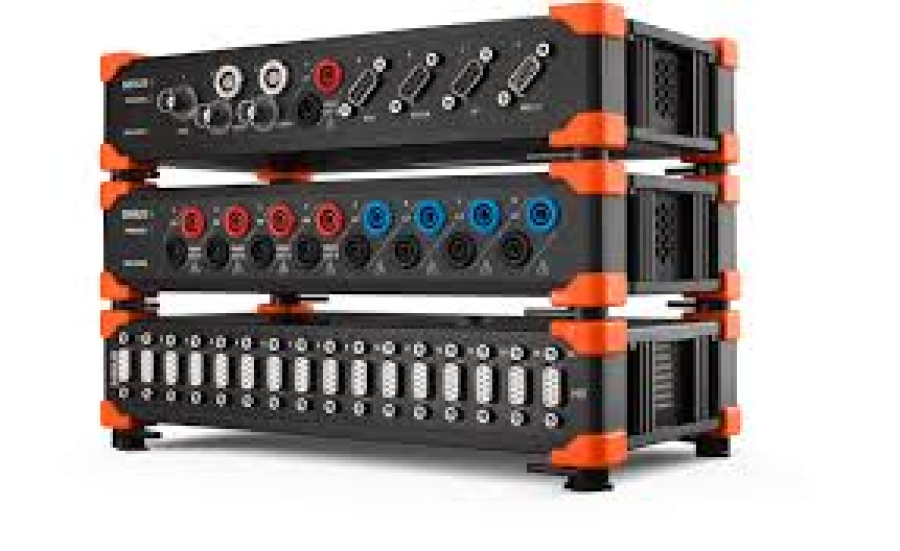How AI Chatbots are Transforming User Experience in Web Apps
In the digital age, AI chatbots have become a game-changer for web applications, revolutionizing how businesses interact with their users. For freelancers and developers on FreelancerBridge, integrating AI chatbots is no longer just an option but a necessity to enhance user experience (UX), increase engagement, and improve customer support. This article explores the transformative power of AI chatbots in web apps, highlighting the key benefits, practical use cases, and future trends shaping this dynamic technology.
Long Description
How AI Chatbots are Transforming User Experience in Web Apps
As web applications evolve, delivering personalized and efficient user experiences has become paramount. AI chatbots, powered by advances in machine learning and natural language processing, are leading this transformation by offering real-time, intelligent interactions that mimic human conversations. This shift is enabling businesses and developers to provide seamless support, automate routine tasks, and engage users more effectively.
1. What Are AI Chatbots?
Definition: AI chatbots are software applications that use artificial intelligence to simulate human-like conversations with users through text or voice interfaces.
How They Work: Utilizing technologies such as Natural Language Processing (NLP), Machine Learning (ML), and Deep Learning, chatbots understand user intent and deliver context-aware responses.
Types: Rule-based chatbots follow predefined scripts, while AI-driven chatbots learn from interactions to improve over time, offering smarter and more natural conversations.
2. Enhancing User Experience Through AI Chatbots
24/7 Availability: Unlike human agents, chatbots provide round-the-clock support, ensuring users can get help anytime, which boosts satisfaction and retention.
Instant Responses: AI chatbots eliminate wait times by instantly addressing queries, enhancing user engagement and reducing frustration.
Personalization: By analyzing user behavior and preferences, chatbots can tailor responses and recommendations, creating a more personalized web app experience.
Multilingual Support: AI enables chatbots to communicate in multiple languages, broadening accessibility for global audiences.
Consistency: Chatbots deliver uniform answers, reducing errors and ensuring users receive reliable information every time.
3. Practical Use Cases in Web Applications
Customer Support: Handling FAQs, troubleshooting, booking, and order tracking without human intervention.
Lead Generation: Engaging visitors, qualifying leads, and collecting contact details for sales teams.
E-Commerce Assistance: Guiding users through product discovery, comparisons, and checkout processes to reduce cart abandonment.
User Onboarding: Helping new users navigate the web app features and services efficiently.
Feedback Collection: Prompting users to provide ratings and reviews, enabling continuous improvement.
4. Benefits for Freelancers and Web Developers
Efficiency and Scalability: Automating repetitive tasks frees up human resources and scales customer engagement during peak times.
Cost-Effective: Reduces the need for large support teams, lowering operational costs.
Easy Integration: Modern AI chatbot platforms offer APIs and plugins compatible with popular web development frameworks.
Improved Analytics: Chatbots gather valuable data on user interactions, helping developers optimize the app and UX.
Competitive Advantage: Offering AI-powered interaction enhances the appeal of web apps in a crowded marketplace.
5. Key Technologies Behind AI Chatbots
Natural Language Processing (NLP): Enables chatbots to understand and interpret human language.
Machine Learning (ML): Helps chatbots improve responses based on historical data and ongoing conversations.
Speech Recognition: Converts spoken language into text, enabling voice-enabled chatbots.
Sentiment Analysis: Detects user emotions to respond appropriately and escalate issues when needed.
Cloud Computing: Provides the infrastructure for scalable, reliable chatbot performance.
6. How to Implement AI Chatbots in Your Web Apps
Choose the Right Platform: Select AI chatbot frameworks like Dialogflow, Microsoft Bot Framework, or IBM Watson based on your project needs.
Define Objectives: Determine the chatbot’s primary functions—whether for support, sales, or engagement.
Design Conversational Flows: Plan user-friendly dialogues that anticipate user questions and guide conversations smoothly.
Train Your Chatbot: Use relevant data and feedback to improve chatbot accuracy and relevance continuously.
Test Thoroughly: Conduct rigorous testing to ensure the chatbot performs well under different scenarios and devices.
Monitor and Optimize: Use analytics to track performance, user satisfaction, and identify areas for improvement.
7. Future Trends in AI Chatbots for Web Development
Increased Personalization: AI chatbots will leverage deeper user data for hyper-personalized experiences.
Voice-First Interfaces: Growing adoption of voice assistants will make voice-enabled chatbots standard in web apps.
Integration with IoT: Chatbots will interact with connected devices, expanding their utility in smart environments.
Emotional Intelligence: Advanced sentiment analysis will allow chatbots to respond empathetically.
Augmented Reality (AR) Integration: Combining chatbots with AR will offer immersive user assistance in virtual environments.
8. Conclusion
AI chatbots are reshaping user experience in web applications by providing intelligent, scalable, and personalized interactions. For freelancers and web developers on FreelancerBridge, mastering AI chatbot integration is a vital skill that can enhance project value, streamline user engagement, and future-proof your career. Embracing this technology today positions you at the forefront of web innovation, ready to meet the evolving demands of modern digital users.


 by Emily
by Emily




